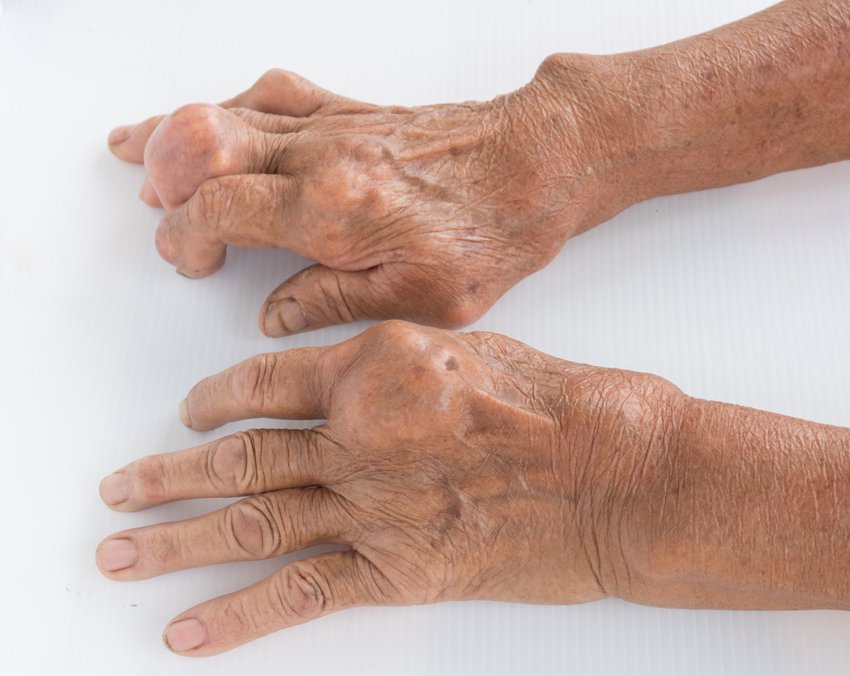Ethnicity, Hypertension Predict Gout Risk, Unexplained by Urate Level
Blacks and patients with hypertension have an increased risk for gout, but the associations cannot be fully explained by serum urate, according to findings published in Arthritis Research and Therapy.
The researchers added that, for urate levels near the crystallization threshold, blacks and patients with hypertension have a two- to three-time greater risk for gout — a risk that appears to increase prior to the onset of severe hyperuricemia.
“More research is needed into whether these factors have a direct causal effect on the risk of developing gout or if the association between these risk factors and gout is mediated by hyperuricemia,” Mengying Sun, MS, of Michigan State University, and colleagues wrote. “In this paper, we present results of a study adding novel information to the literature on how important risk factors for incident gout (eg, hypertension) are mediated by serum urate.”

To describe the effects of serum urate as a predictor of gout, and to examine whether traits such as sex, ethnicity or BMI are associated with gout risk after accounting for differences in serum urate, the researchers drew data from the Atherosclerosis Risk in Communities (ARIC) study. This prospective epidemiologic study, conducted in four U.S. communities from 1987 to 1998, collected patient data at baseline and at three follow-up visits every 3 years. Of an initial study population of 9,503, the researchers focused on 8,818 who met their entry criteria.
Using the ARIC data, Sun and colleagues estimated the unadjusted associations between gout and risk factors via odds ratios and chi-square tests. They then analyzed adjusted associations through logistic regression, sequentially adding either one risk factor at a time or all risk factors to a baseline model that includes serum urate only. Main effects were determined using stepwise selection. The researchers also examined two-way interactions of variables from the main-effects model.
According to the researchers, the average gout incidence was 2.7 per 1,000 people per year. The association between serum urate and incident gout was significant, both for moderately high (OR = 3.16; 95% CI, 2.11-4.76) and high (OR = 25.9; 95% CI, 17.2-38.4) serum levels, relative to normal serum urate. In addition, ethnicity and systolic blood pressure were independently and additively associated with gout after accounting for serum urate levels. However, there were no significant interactions between serum urate and ethnicity or systolic blood pressure.
“Our analysis confirms that serum urate is a strong predictor of incident gout,” Sun and colleagues wrote. “Many demographic and clinical covariates that have marginal associations with incident gout (sex, glucose, BMI, [estimated glomerular filtration rate]) do not show association with that outcome after differences in serum urate are accounted for. However, ethnicity and hypertension have an association with incident gout that is not fully explained by interindividual differences in serum urate.” – by Jason Laday
Disclosure: Sun reports no relevant financial disclosures. Please see the study for all other authors’ relevant financial disclosures.
